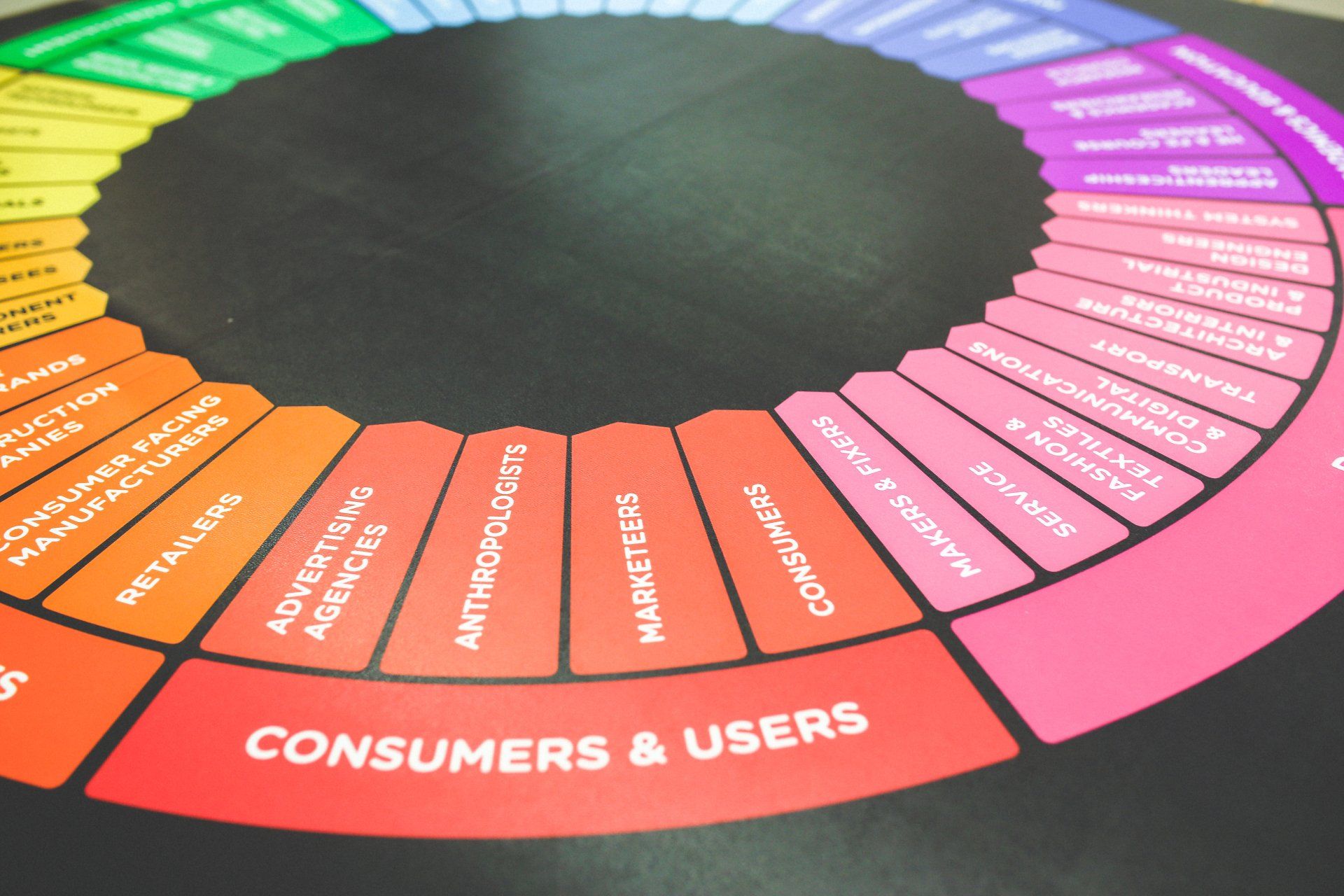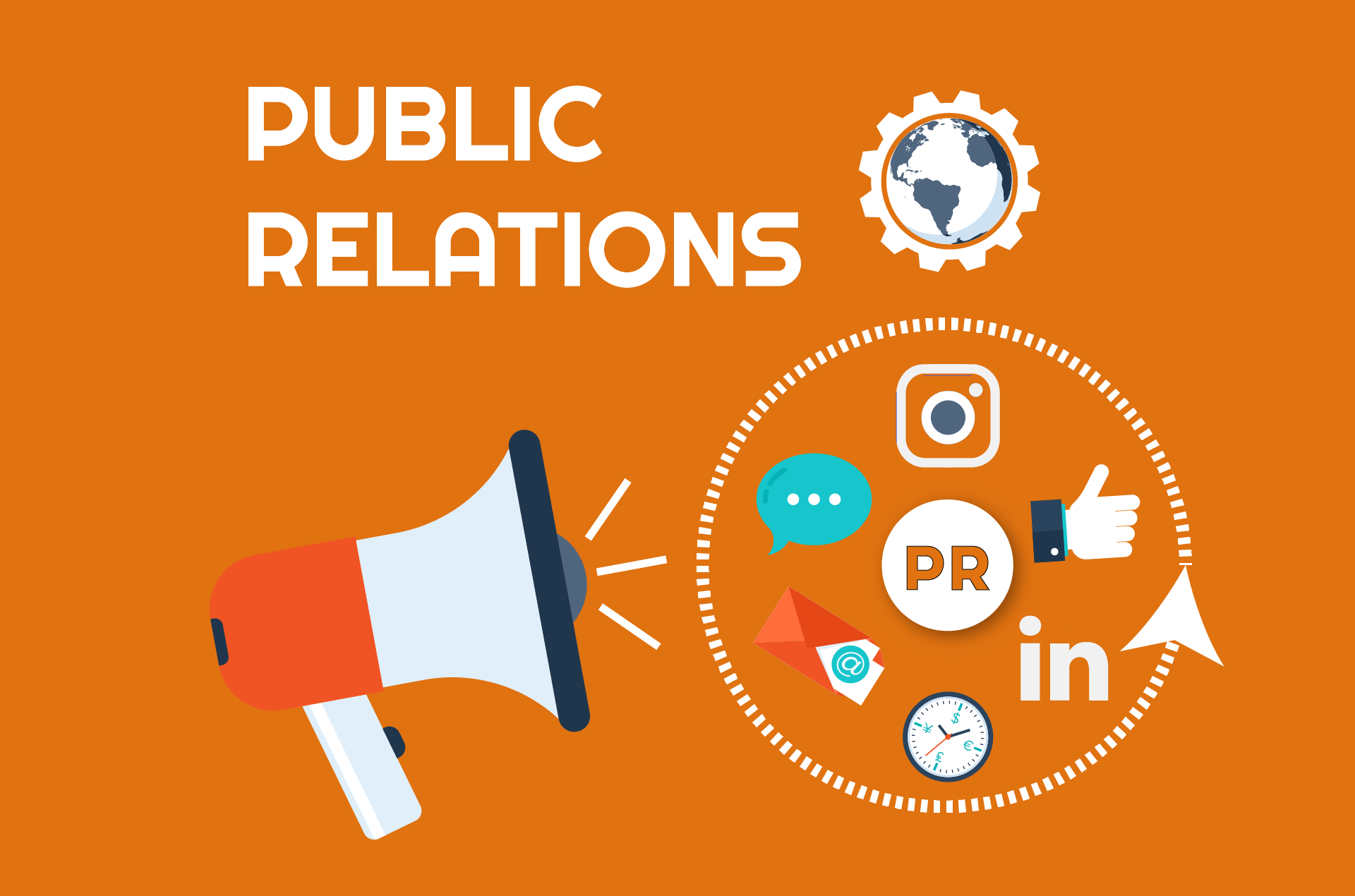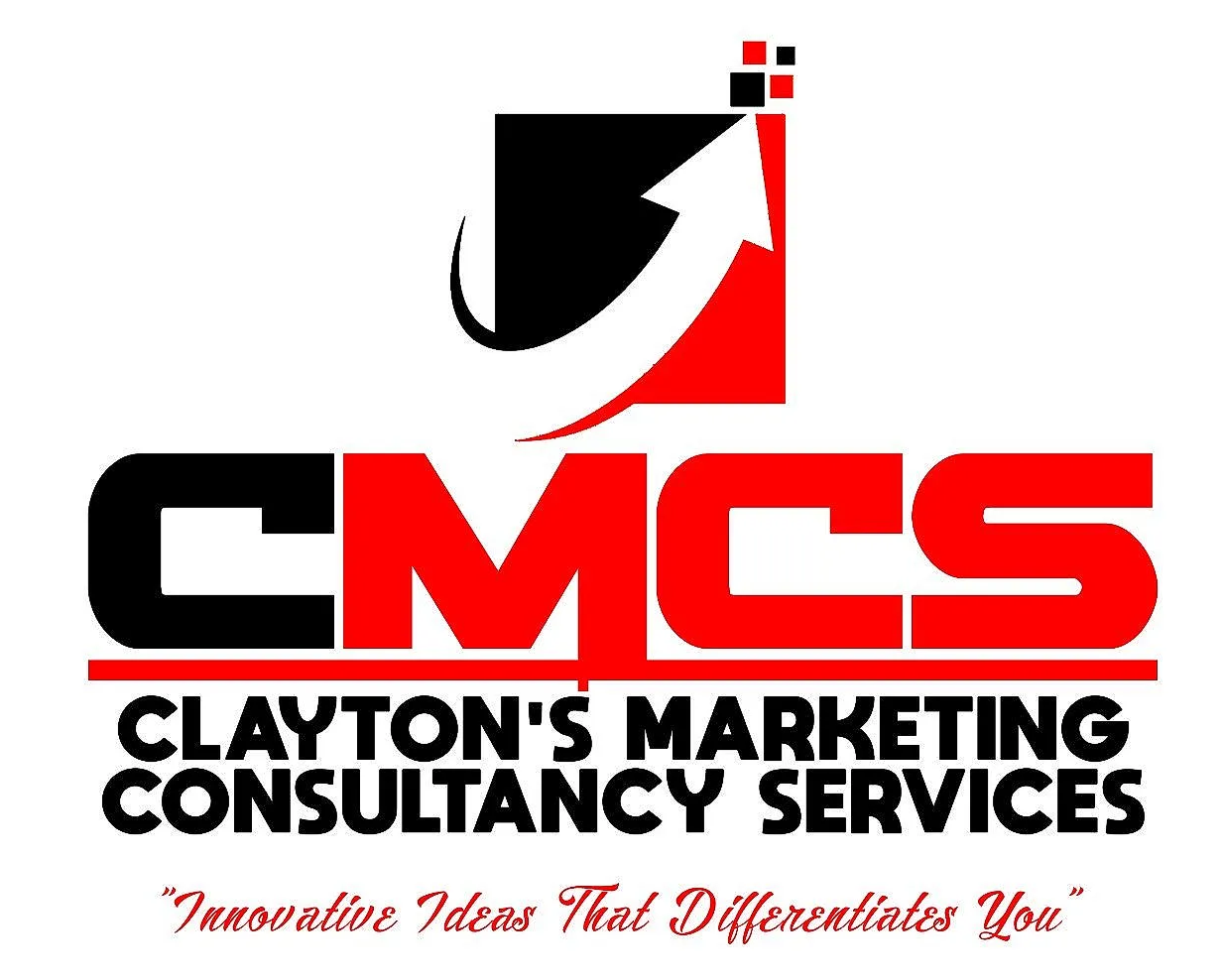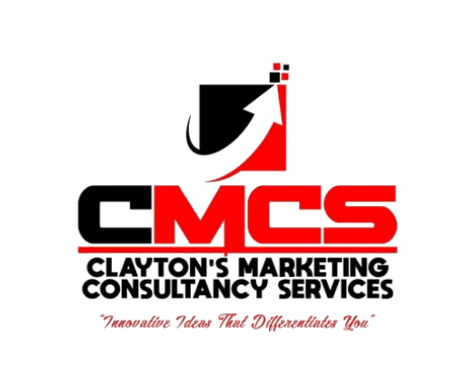Using Marketing Information to Gain Customer Insights
In an effort to create value and build meaningful relationships with customers, it is important that organizations seek to gain fresh, deep insights into customers’ needs and wants. These customer insights can then be used to develop competitive advantage through solid marketing information.
Though customer and market insights are important for building customer value and relationships, these insights may be very difficult to obtain. This is so as consumers themselves usually find it difficult to determine their needs and why they purchase. In order to acquire good customer insights, organizations must effectively manage marketing information from a variety of sources.
The real value of marketing research and marketing information lies in how it is used and the customer insights that it provides. With that said, organizations should look to restructure their marketing research and information systems by creating customer insights groups. These groups will be tasked with the responsibility of collecting customer and market information from a wide variety of sources such as; traditional marketing research studies, observation of consumers and the monitoring of consumer online conversations about the organization and its products. This information should then be used to develop important customer insights from which the organization can create more value for its customers.
Organizations should therefore design an effective marketing information system that provides the leaders within the organization with the right information, in the right form, at the right time and help them to utilize same in creating value and stronger customer relationships.
Did you find this marketing blog post helpful?
If so, please consider sharing it, tag us and let us know your biggest takeaways.










All Rights Reserved l Clayton's Marketing Consultancy Services
All Rights Reserved | Clayton's Marketing Consultancy Services


